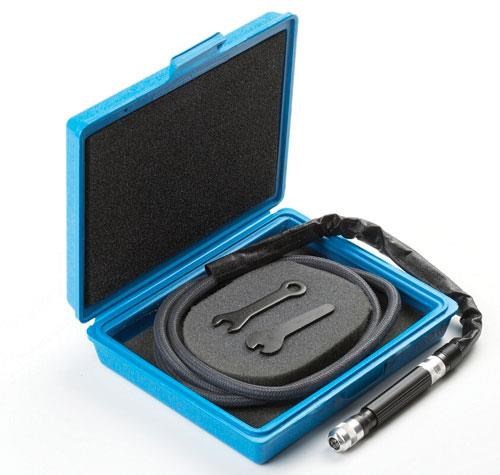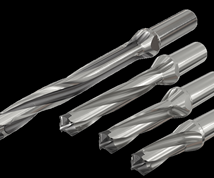Throwback Thursday: Best Practices for Surface Finishing
Surface finishing is as critical an aspect of building a mold as the design, so a review of some best practices is always a good idea.

A hand grinder is the finisher's basic tool for light metal removal.
Surface finishing is as critical an aspect of building a mold as the design, so a review of some best practices is always a good idea.
Featured Content
Over the years, I’ve come to learn the importance of attaining and maintaining surface finishes on molds by listening to those who have mastered the craft. It can take years to learn the art of surface finishing; and yes, it is still considered an art today. It’s logical that surface finish has a direct bearing on many things that can make or break the performance of a mold, such as texture of a part, release of a part, protection of a mold’s surface from abrasive plastic materials, and so on.
In this week’s Throwback Thursday article, which was published in MMT’s January 2011 issue, the steps required to establish a proper surface finish on a mold are discussed, including basic tips and techniques for the less experienced. Even if you don’t have in-house surface finishing at your company, it’s beneficial to learn something about it so that when you are dealing with a vendor you have some idea of what your molds need early in the mold build process and can arrange for the service in a timelier manner.
Begin your orientation on surface finishing here.
RELATED CONTENT
-
How to Optically Polish Aluminum
There are two methods for optically polishing aluminum - knowing the right one for your project will save you time and money.
-
Understanding the Effect of Pressure in the Cavity
Molders offer a moving target for moldmakers to adjust to by producing parts with different cavity pressures.
-
Laser Welding Versus Micro Welding
The latest battle in finely detailed restoration/repair of mold materials.








_970x250 4.png;maxWidth=970;quality=90)




